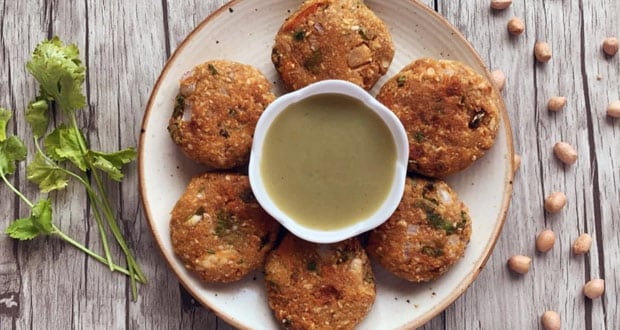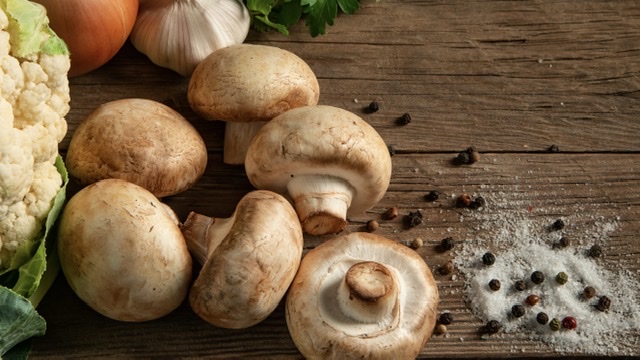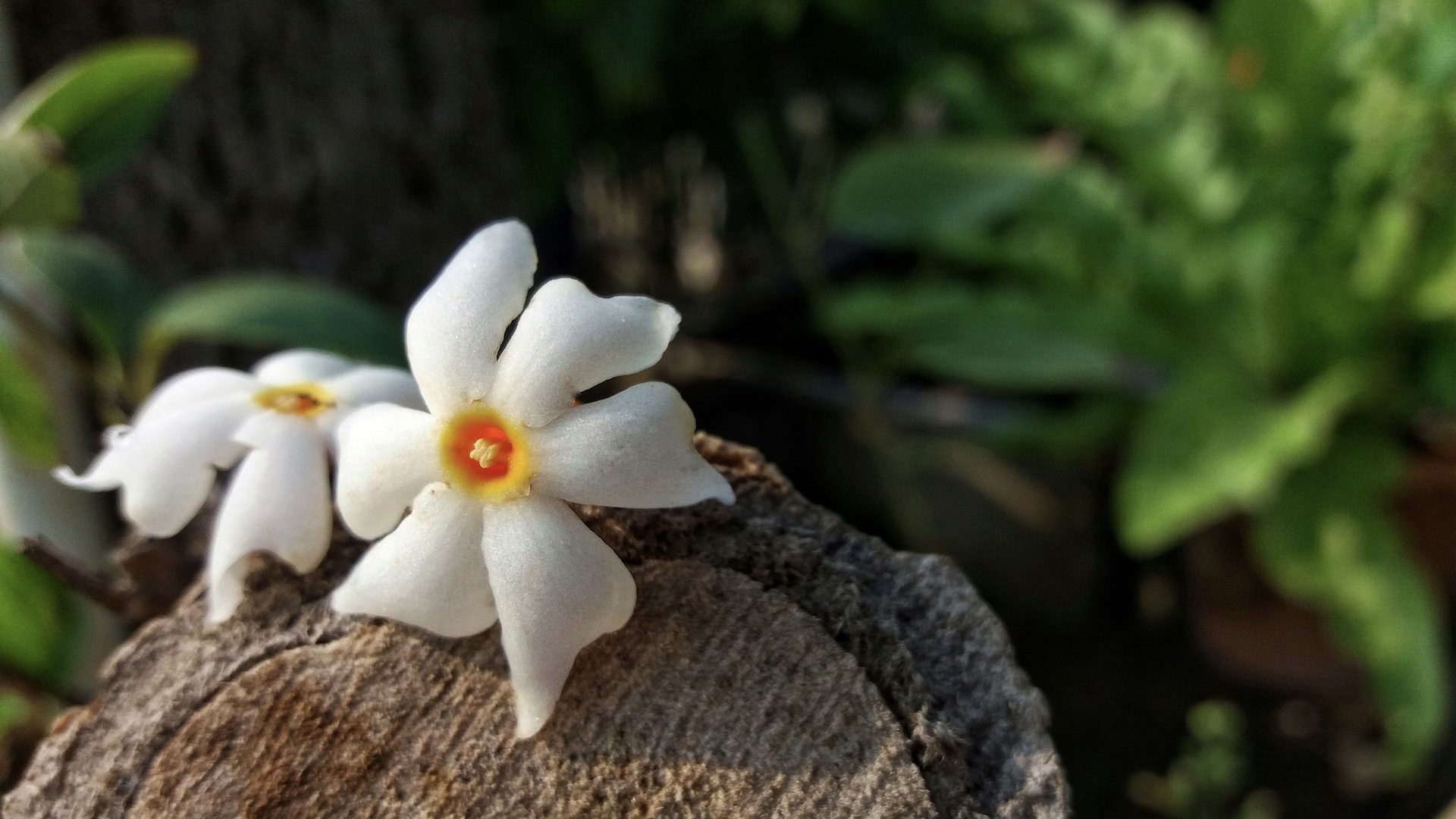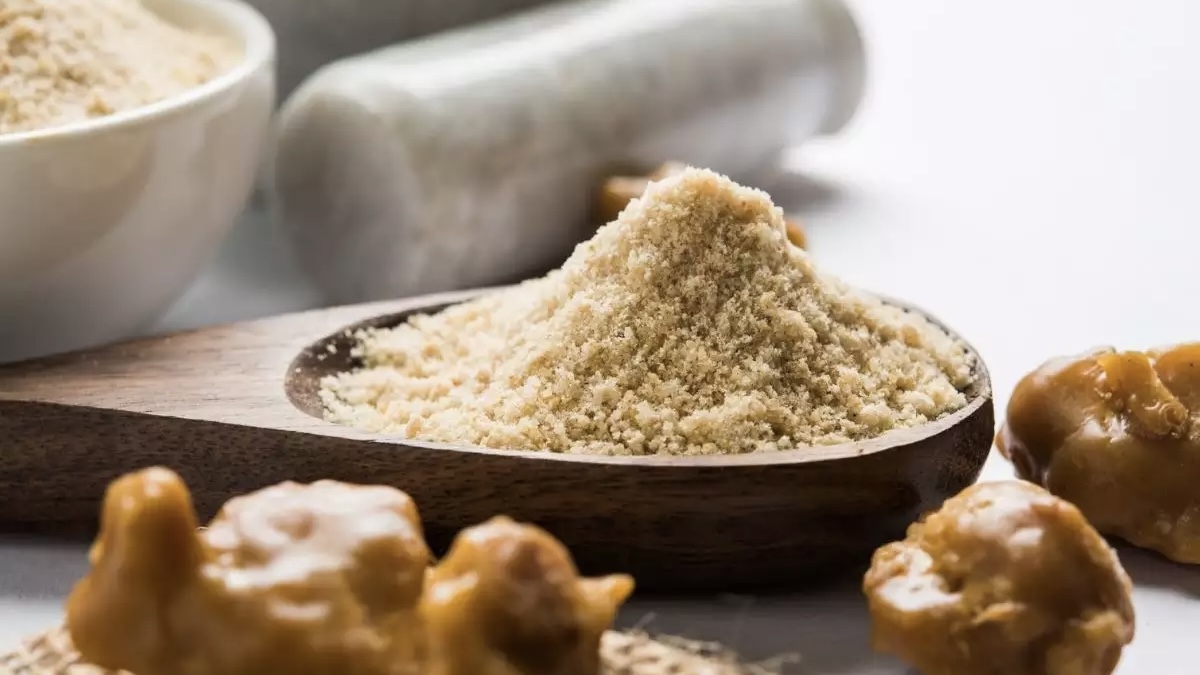Kebabs were a done thing in the dining practices of both, royals as well as commoners in the 13th century AD Lucknow. Traditionally they were enjoyed as breakfast along with naan. But until 16th century, kebabs were quite chewy and hard in texture, which was soon to change with the coming of Nawab Asad-ud-Daula.
Nawab Asad-ud-Daula (1748-1797) played a significant role in adding to the culinary heritage of Lucknow. It is said that the Nawab was immensely generous in nature, but by the time he came into power, the British had taken hold of the office, and so the Nawab had enough time to pursue his two passions – grand architecture and good food.
The Nawab was so fond of kebabs that the cooks were ordered to prepare a new variant every day. The khansamas also rose to the occasion and explored newer ways of cooking, flavouring and used exotic ingredients like sandalwood, rosebuds, rose, red gensing and pathar ke phool to come up with innovative creations. It is said that the ‘shahi mixture’ of the said kebabs made use of all these ingredients and over 150 exotic spices.
In this renaissance of cuisine was born the Galouti. Galouti meant ‘soft’, something that melts in the mouth, and that was the purpose. The legend goes that the Nawab had lost most of his dentures due to old age, but his penchant for kebabs was far from dying. So for their toothless Nawab, the seasoned khansamascame up with a popular variant which needed no chewing yet had the same rich flavours and taste of a kebab.
Has talks of kebabs got you craving for some? You may try out the vegetarian rendition of this royal delicacy with the recipe below,
Rajma Galouti Kebab is a perfect combination of health packed in melt-in-the-mouth delicacy. The red kidney beans (rajma) are a storehouse of fiber, protein, carbohydrates and micro-nutrients. If you pair kidney beans with a whole grain, such as brown rice, the meal provides all of the essential amino acids.
WHAT YOU NEED
1/2 cup Rajma, 1 tablespoon green papaya paste, 1/2 cup Mint Leaves, 1/4 cup Cashew nuts, 1 inch Ginger, 3 cloves of Garlic, 1 Green Chilli, 1 teaspoon Rose water, 7-8 strands of Saffron soaked in water, 1 teaspoon Garam masala powder, 2 teaspoon coriander powder, 1 teaspoon crushed black peppers, 1 Onions (sliced and caramelized), 1/4 cup roasted Gram flour (besan), Salt (to taste), 3-4 drops of kevra, 1 teaspoon rose water, 2-3 cardamoms, Sunflower Oil (for cooking)
HOW TO MAKE RAJMA GALOUTIS





